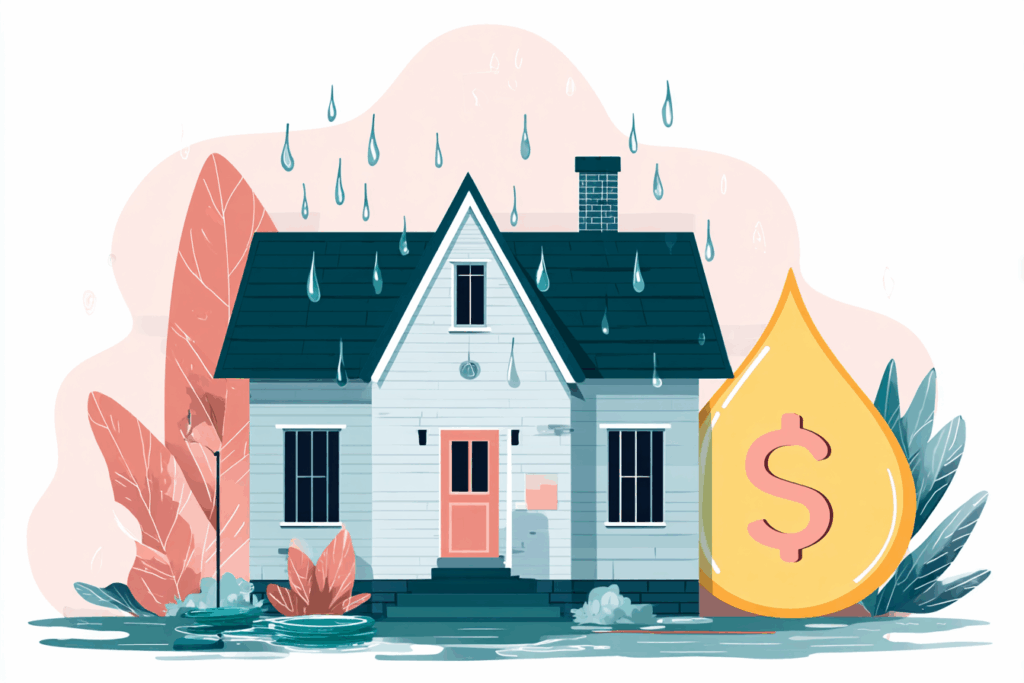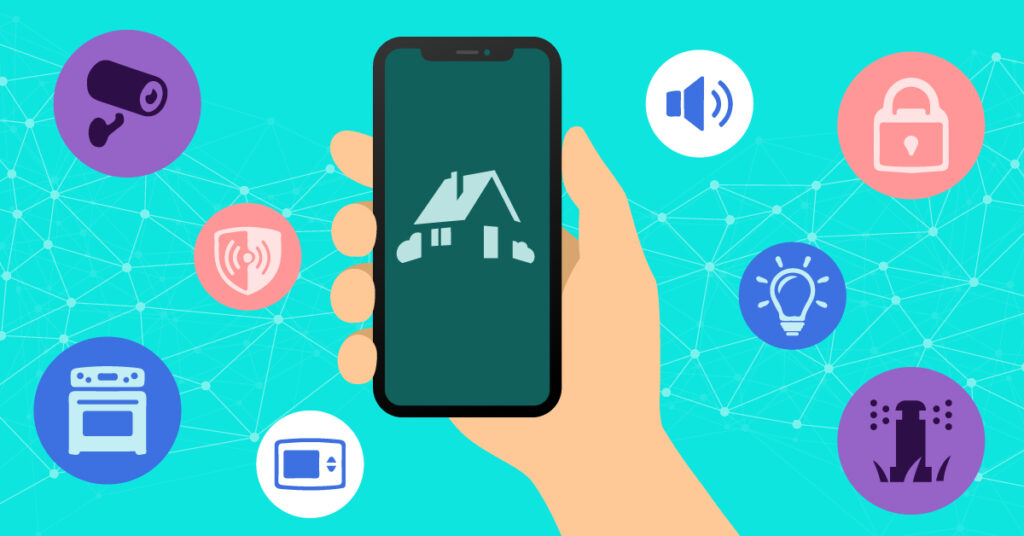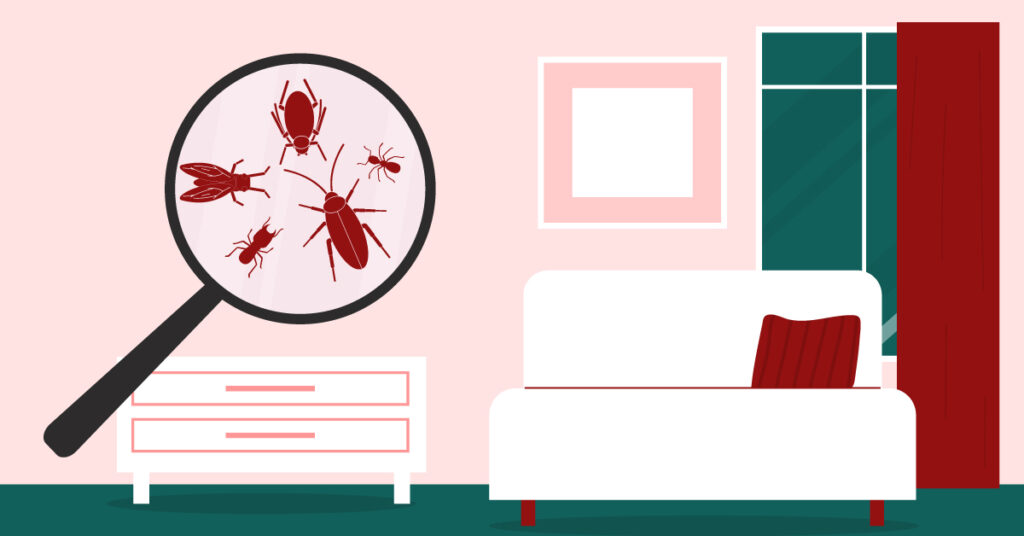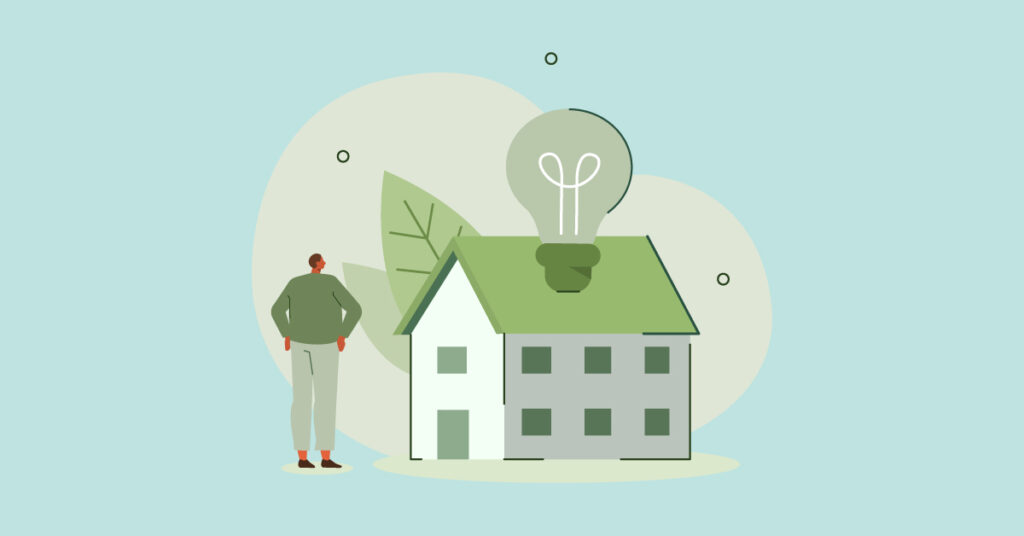Every time you turn on the tap or take a hot shower, you’re not just using water – you’re also using energy. In U.S. homes, water and energy bills are closely connected. The average American household spends about $1,100 per year on water, but could save roughly $350 annually by installing water-efficient fixtures and appliances. These savings come not only from using less water, but also from using less energy to heat, pump, and treat that water. In short, saving water means saving energy – and saving money on both your water and energy bills.
The Hidden Link Between Water and Energy
It takes a surprising amount of energy to deliver clean water to our homes and to handle wastewater. Water utilities must pump water from reservoirs or aquifers, treat it to make it drinkable, then pump it to your tap – all of which consumes electricity. In fact, approximately 2% of all U.S. electricity is used solely for pumping and treating water and wastewater. This “water-energy nexus” means that when you conserve water, you also reduce the energy needed by water treatment plants and pumps. Even on a small scale, the energy embedded in water use is eye-opening: leaving your sink on for 5 minutes uses almost as much energy as keeping a 60-watt light bulb on for 14 hours. This happens because the water we waste down the drain requires energy to purify and move. The takeaway: every drop of water has an energy cost, so wasting water essentially wastes electricity too.
Hot Water, High Energy Use
Beyond the energy utilities spend to supply water, think about the energy you use at home to heat water. Heating water for showers, washing, and cleaning is typically the second-largest energy expense in a home, accounting for approximately 18% of a home’s total energy use. That means nearly one-fifth of your energy bill is attributed to your water heater – specifically, the energy used to heat water for bathing, laundry, dishwashing, and other household tasks. Using less hot water can massively reduce your energy consumption. For example, showers are one of the biggest indoor water uses (around 17% of a household’s indoor water) – an average family uses almost 40 gallons of water per day just for bathing.
All that water is usually heated, and heating it takes a significant amount of energy. By reducing shower time or installing efficient showerheads, you not only conserve water but also reduce the energy your water heater uses. The energy savings add up: the EPA notes that installing a WaterSense® low-flow showerhead can save the average family almost 3,000 gallons of water per year, which also means using 370 fewer kilowatt-hours (kWh) of electricity for water heating – enough to power a house for 13 days. In other words, reducing your hot water usage directly reduces your energy consumption and utility bills.
Water and Energy Guzzlers in Your Home
Let’s look at how common household appliances and fixtures use both water and energy, and how improvements can save you money on both fronts:
Water Heaters & Showers
Your water heater is an energy hog, using approximately 18% of your home’s energy on average. Standard showerheads use around 2.5 gallons per minute (gpm) of hot water – so a 10-minute shower uses around 25 gallons. Upgrading to a WaterSense showerhead (2.0 gallons per minute or less) can reduce water use by 20% without compromising pressure. By replacing one older showerhead with a WaterSense model, an average family can save approximately 2,900 gallons of water and over 370 kWh of energy each year. That’s lower water and electricity bills from one simple swap!
Clothes Washers
Doing laundry can use a lot of water, especially if you have an older washing machine. A traditional top-loading washer may use 30–40 gallons per load, with much of it being hot water. Newer ENERGY STAR® certified washers are far more efficient – they use about 33% less water and 25% less energy than standard models. Modern front-loading washers also reduce water use by nearly half compared to old agitator models, which means less hot water needs to be heated, resulting in energy savings. By upgrading your washer, you not only conserve thousands of gallons of water per year, but you also spend less on water heating and on operating the machine.
Dishwashers
You might be surprised, but using a dishwasher generally saves water and energy compared to hand-washing dishes. An ENERGY STAR dishwasher can use as little as ~3.5 gallons of water per load, whereas washing the same dishes by hand could use anywhere from 9 to 27 gallons. More importantly, a dishwasher uses the water (and heats it) very efficiently. The EPA found that running a full dishwasher uses only half the energy and one-sixth the water of typical hand-washing methods. Always run full loads to maximize efficiency, and you can even skip the heated dry cycle to save more. If you have an ENERGY STAR model and use it wisely, you can save approximately $465 per year in combined water and energy costs compared to washing everything in the sink.
Toilets
Approximately 30% of indoor water use in an average home is attributed to flushing toilets. Older toilets (pre-1990s) can use 3.5 to 6 gallons per flush, which is literally money down the toilet in water waste. Modern high-efficiency toilets use only 1.28 gallons or less per flush and still work better than old models. By replacing old, inefficient toilets with WaterSense-labeled models, a family can reduce toilet water use by 20–60%, which saves almost 13,000 gallons of water per year. That translates to over $170 per year off water bills for the average family. While toilet flushes don’t typically use heated water, reducing water waste throughout the home still helps overall by lowering your water bill and decreasing the energy used by your municipal water supplier. Plus, fixing any running toilet leaks will save even more (and stop that annoying sound!).
Faucets
We use faucets throughout the day, often with hot water for washing hands, cooking, or cleaning. Standard bathroom faucets typically flow at 2.2 gallons per minute (gpm), but WaterSense-labeled faucets flow at 1.5 gpm or less, with no loss of performance. Upgrading or simply adding inexpensive aerators can cut faucet water use by 30% or more. That means less water going down the drain and less energy is needed if the water is hot. And remember, never let taps run unnecessarily – as noted, a few minutes of running water has a hidden energy cost equivalent to hours of leaving a light on.
Smart Habits to Save Water and Energy

Changing everyday habits can have a big impact on both your water consumption and your energy bill. Here are some practical, easy-to-adopt behaviors for homeowners:
Take Shorter, Cooler Showers
Reducing your showering time by even a few minutes can save gallons of hot water. For example, cutting a 10-minute shower to 5 minutes might save around 12–15 gallons. Using less hot water means requiring less energy from your water heater. You can also install a simple shower timer or low-cost shut-off valve to help pause water while lathering. It all adds up – shortening showers and using efficient showerheads are among the quickest ways to curb water heating costs.
Always Run Full Loads of Laundry And Dishes
Whether it’s the washing machine or dishwasher, try only to run it with a full load. Two half-loads use much more water and energy than one full load. Using the cold water setting for laundry when possible also eliminates the energy spent on heating water, and today’s detergents clean well in cold water. Likewise, scrape dishes instead of pre-rinsing under hot water – modern dishwashers can handle the grime. Full loads ensure you get the most cleaning done per gallon of water and per kilowatt-hour of electricity.
Fix Leaks Promptly
Leaky faucets, toilets, or pipes can waste astonishing amounts of water. A single dripping faucet can waste over 500 gallons of water annually, and a running toilet can waste thousands. The average home leak can account for nearly 10,000 gallons of water wasted each year – the amount needed to wash 270 loads of laundry! If that water is hot (say, a hot water faucet drip), it’s also quietly inflating your energy bill as the water heater works to reheat water that just goes down the drain.
The good news is that most leaks are relatively easy and cheap to fix (often just a worn-out flapper or washer). By fixing household leaks, you can save about 10% on your water bills right away, not to mention the energy savings from not heating water you’re not using.
Turn Off the Tap When Not in Use
Don’t keep the water running while brushing your teeth, shaving, or doing kitchen prep. This simple habit can save several gallons per day. Remember that vivid example: a sink running for 5 minutes uses as much energy as a 60-watt light bulb lit for 14 hours. So, every time you shut off the water while brushing or scrubbing, you’re not just conserving water – you’re also saving electricity (and money). Teach family members, especially kids, to be mindful of this as part of their daily routine.
Use Water Wisely Outdoors
Outdoor water use (like lawn sprinkling) doesn’t directly show up on your energy bill, but it’s still part of the bigger water-energy picture. Watering in the early morning or late evening reduces evaporation (so you use less water), and collecting rainwater for gardening or using drip irrigation can cut down on sprinkler use. Many regions offer rebates for smart irrigation controllers that water only when needed. Efficient outdoor use helps keep your water bills down and reduces strain on local water supplies, as well as the energy consumption of those sprinkler pumps.
Upgrade to Efficient Fixtures and Appliances
In addition to habits, consider some home upgrades – many are simple DIY projects – to reduce water and energy waste permanently:
- Install low-flow fixtures: Replace old showerheads, faucets, and toilets with WaterSense-labeled models. These products are certified to use 20% less water than standard models and perform as well or better.
- Upgrade to ENERGY STAR appliances: When it’s time to replace or purchase a new dishwasher or washing machine, look for the ENERGY STAR label. These efficient appliances use significantly less water and energy. As mentioned, an ENERGY STAR clothes washer uses about 33% less water than a standard one and also saves energy.
- High-efficiency water heaters: Consider how you heat water. If your water heater is older or inefficient, you have opportunities to save. Newer high-efficiency tank water heaters are better insulated to reduce standby heat loss. Even better, heat pump water heaters (sometimes referred to as hybrid water heaters) can use 60% or less of the energy of a conventional electric heater by extracting heat from the air. The U.S. Department of Energy now offers incentives for these: a qualifying heat pump water heater can get you a federal rebate or tax credit of up to $2,000.
- Efficient plumbing fixtures and misc.: Don’t overlook other water-use points. A low-flow toilet (1.28 gpf) can save a family approximately 4,000 gallons per year compared to an older model with a flow rate of 3.5 gpf or higher. Efficient dual-flush toilets offer a lower flush for liquid waste, saving even more.
Conclusion
Saving water is a win-win for homeowners. When you conserve water, you’re not just lowering your water bill – you’re also easing the load on your water heater and reducing the energy your home uses. That translates to a lighter energy bill and often a longer lifespan for your appliances and plumbing (since they do less work). From taking shorter showers to installing the latest low-flow fixtures, each action multiplies benefits: you save water, save energy, save money, and even help your community by reducing strain on local resources. With numerous modern gadgets and rebates available, reducing water use has never been easier or more cost-effective. Start with simple steps and upgrades today, and you’ll quickly notice the difference on your monthly bills – save water, save energy, and you’ll be saving money too!
You might also be interested in: How to Maximize Savings with Energy-Efficient Appliances




